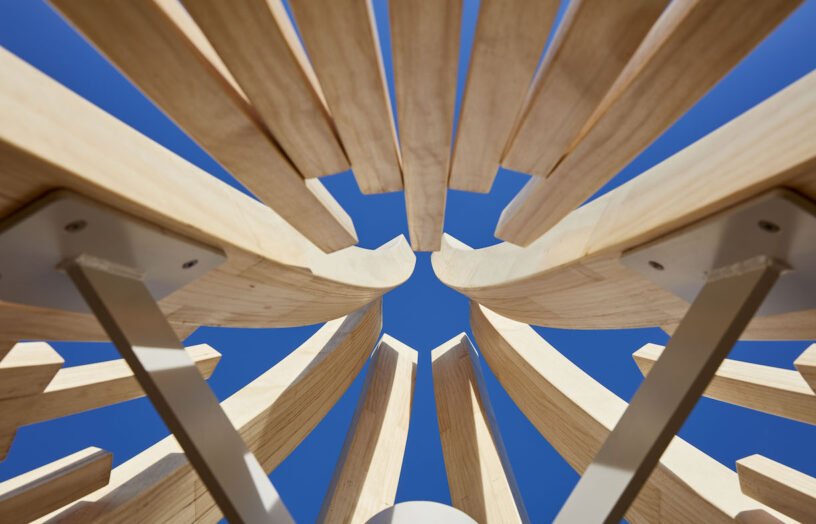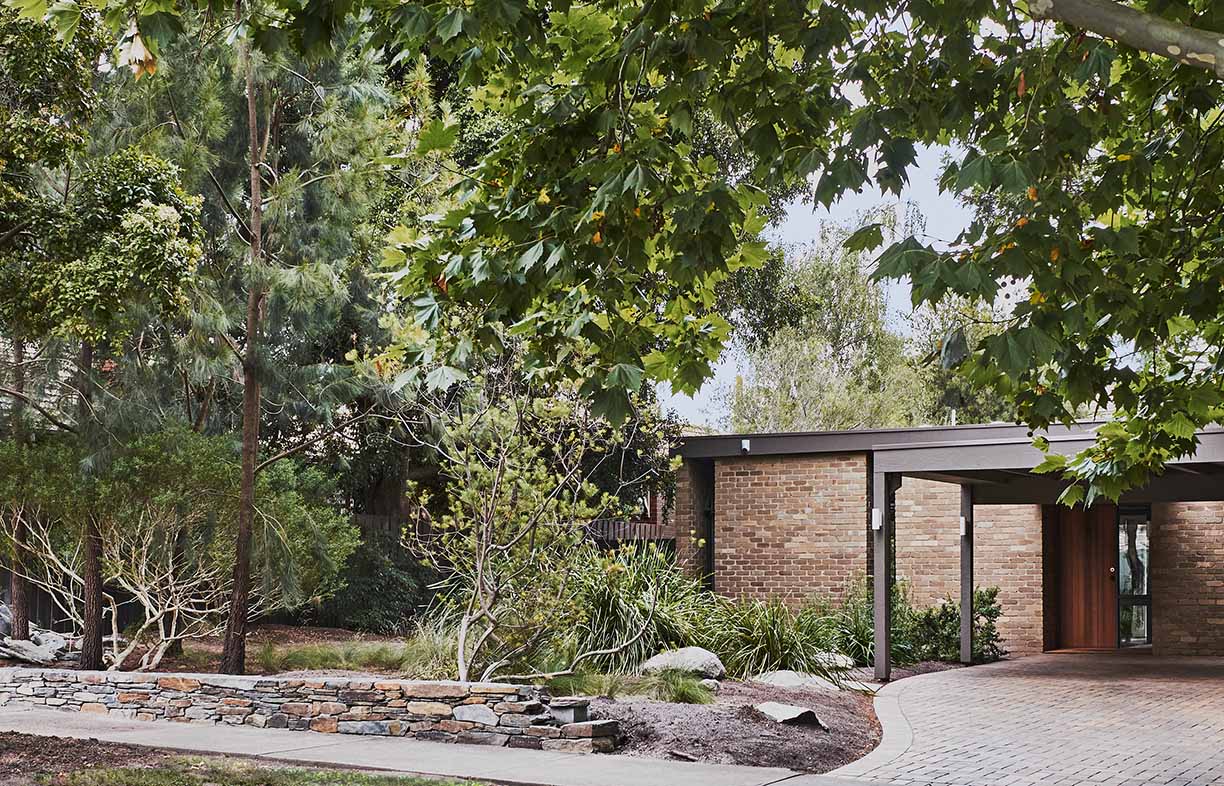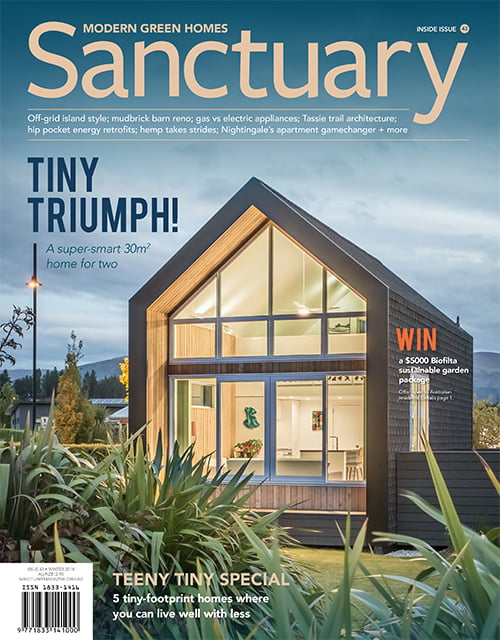When do investments in energy efficiency pay off?

Energy efficiency can improve health and comfort and can be good for the hip pocket too. But at what point do retrofits start to pay off? We ask energy efficient housing experts Trivess Moore and David Whaley to find out.
While there is a relatively clear message about the energy star rating and financial ‘sweet spot’ for new housing (see Sanctuary 41), the information about retrofitting existing housing is less clear.
We are currently adding to our housing stock at a rate of one to two per cent per year. And even if new housing achieves low energy consumption from today, we still have the challenge of how to improve the other 99 per cent of existing housing.
Historically, housing performance in Australia has been poor. Pre-2000 housing has an average performance of 1 to 2 Stars; since then, building performance has steadily improved following the introduction of minimum performance standards in the 2000s. With the current minimum 6 Star NatHERS rating introduced in 2010, that leaves many homes below today’s minimum performance requirements.
Retrofit options for existing housing are constrained by the age of the building, its condition and the existing layout and design, in addition to general constraints of budgets and occupant needs/wants. All of these factors will contribute to what can, or cannot, be done in terms of energy retrofitting and often means more bespoke solutions are required.
Sustainability Victoria1 investigated energy efficiency upgrades across 60 houses in Melbourne built prior to 2005. They found the upgrades increased the average star rating from 1.8 Stars to just over 5 Stars. This is great news for occupants in older homes – but the question is how much did this improvement cost and what retrofits gave the best outcomes?
The Sustainability Victoria package of retrofit improvements cost between $15,000 and $25,000 per house, with an estimated payback period of 15 to 25 years due to direct and ongoing household savings of almost $1,000 a year in avoided energy costs. The program found some activities gave better ‘bang for buck’ than others. Improving lighting efficiency and addressing draught sealing had payback periods of under 7 years. However, double glazing was found to have a payback period of 270 years!
Recent research by the University of Melbourne2 has modelled housing retrofits across Melbourne. The researchers calculated costs of between $42,000 and $63,000 to lift energy performance of pre-2005 housing to a 6 Star outcome for detached housing, and $9000 to $18,000 for semi-detached housing, resulting in a payback period of at least 9 years. Interestingly, it was found to be cheaper to retrofit pre-1990 housing in comparison to housing built between 1990-2005. This is due to the larger size of the newer homes plus their relatively larger areas of glazing.
When extrapolated across Victoria, if just those retrofit activities with a payback of under 10 years were rolled out, we would save $900 million in energy bills a year. Not to mention the reduced pressure this would put on the energy network from those savings.
Similar research has been conducted elsewhere around Australia. In South Australia3 researchers modelled different combinations of retrofit activities on six typical houses built between the 1930s and 1990s. They found that the houses could be retrofitted from their initial performance of between 1 and 3 Stars to 6+ Stars. The cost to retrofit these older houses was $15,000 to $23,000 and these researchers found a payback period of 6.5 to 16 years, depending on the technology used to provide heating and cooling. They also showed that for a given retrofit the additional cost above 6 Star was matched by increased energy savings, which results in essentially a constant payback period whether you achieve 6 to 7.5 Stars.
Similar to the Sustainability Victoria research, they found that some things were more cost efficient – ceiling and wall insulation in conjunction with the double glazing of windows – while other things were more financially problematic, such as focussing on more expensive double-glazed window upgrades alone. Interestingly it was found that some double-glazed windows were twice the cost of others, but provided the same improvements to thermal performance.
The research also highlighted the importance of ensuring quality in a retrofit. The researchers assumed that insulation was installed correctly where gaps did not exist; this is often overlooked yet is critical as it has been shown that just a five per cent air gap in batt insulation can reduce its effective R value by as much as 50 per cent.4
What the research shows is that there is no one answer fits all for finding a set of retrofit solutions or what the best ‘bang for buck’ is in terms of star rating performance. However, retrofits of existing housing should seek to at least meet the current minimum 6 Star requirement for new housing and should be able to do so within a ‘reasonable’ financial outlay.
However, there are some broad approaches which can help any potential retrofit:
- Have a sustainability rating conducted by an accredited professional. They will let you know where the best improvement potential is and the order in which you should do things – important if you have limited funds and want to spread the upgrades out over time.
- Focus on the cost-effective easy wins first. This includes sealing up all the cracks and gaps to reduce air infiltration (draughts), ensuring ceiling and underfloor insulation, having window coverings and pelmets and external shading. Some of these activities can be done by DIYers, helping save money.
- Once you have tackled the easier energy efficiency elements think about renewable energy. Even though government rebates and feed-in tariffs have been wound back, it is still cost-efficient in many circumstances to install a new solar system or upsize an existing system. It may not be long until battery storage is economical as well. See the ATA renewables calculator for further information (www.ata.org.au).
- Finally, make sure you investigate programs which can help you save money such as local community bulk buy programs, or state government white certificate schemes [programs that mandate energy companies to promote energy efficiency] which offer rebates for many sustainability technologies.
1 Sustainability Victoria. (2015). Energy Efficiency Upgrade Potential of Existing Victorian Houses. http://www.sustainability.vic.gov.au/About-Us/Research/Household-retrofit-trials
2 Seo, S., Foliente, G., & Ren, Z. (2018). Energy and GHG reductions considering embodied impacts of retrofitting existing dwelling stock in Greater Melbourne. Journal of Cleaner Production, 170, 1288-1304. doi: https://doi.org/10.1016/j.jclepro.2017.09.206
3 Whaley, D.M., O’Leary, T., Al-Saedi, B. (2017) Cost Benefit Analysis of Simulated Thermal Energy Improvements Made to Existing Older South Australian Houses, In Procedia Engineering, vol. 180, pp. 272-281, 2017, https://doi.org/10.1016/j.proeng.2017.04.186.
4 Verschoor, J. (1977) Effectiveness of building insulation applications, USN/CEL Report No. CR78.006—NTIS No. AD-AO53 452/9ST.
 Ideas & Advice
Ideas & Advice
In praise of Accoya
Native hardwoods are beautiful, strong and durable, but we need to wean ourselves off destructive forestry practices. Building designer and recreational woodworker Dick Clarke takes one hardwood alternative for a test run.
Read more Ideas & Advice
Ideas & Advice
Energy efficiency front and centre: A renovation case study
Rather than starting again, this Melbourne couple opted for a comprehensive renovation of their well laid out but inefficient home, achieving huge energy savings and much improved comfort.
Read more


